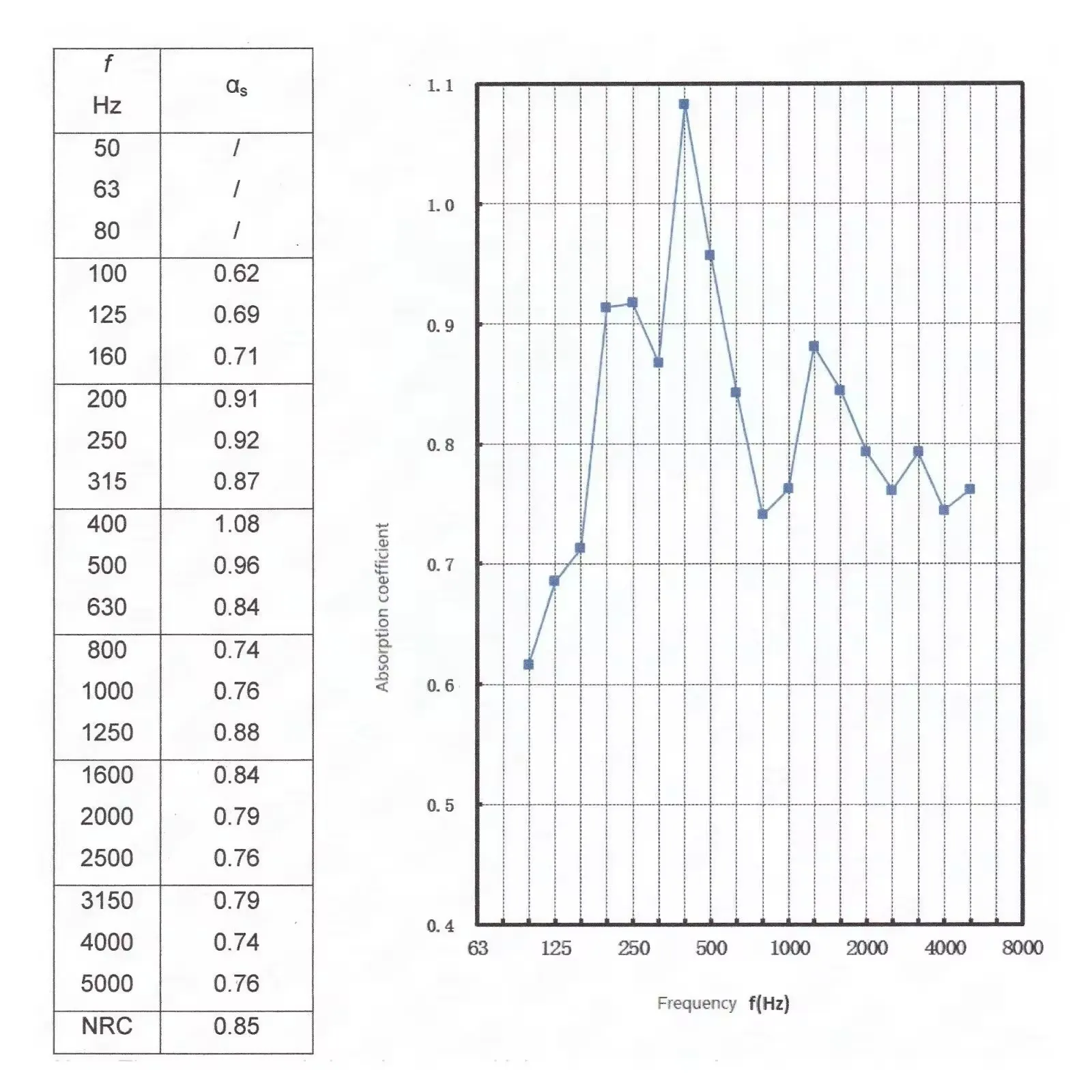The Elegance and Versatility of Wooden Cladding
Wooden cladding is an architectural feature that has surged in popularity over the years, bringing both aesthetic appeal and practical benefits to buildings. As more homeowners and architects embrace the natural beauty of wood, wooden cladding has become a favored choice for both new constructions and renovations. This article delves into the various aspects of wooden cladding, exploring its types, advantages, installation processes, and maintenance.
Types of Wooden Cladding
Wooden cladding can be classified into various types based on its design, application, and the species of wood used. Commonly used woods include cedar, pine, redwood, and larch, each offering different textures, colors, and durability levels.
1. Horizontal and Vertical Cladding This refers to the orientation of the cladding boards. Horizontal cladding can enhance the width of a building, while vertical cladding can create a sense of height and elegance.
2. Shiplap and Tongue-and-Groove These are installation methods that contribute to the overall appearance and weather resistance of the cladding. Shiplap features overlapping edges that create a watertight seal, while tongue-and-groove boards fit snugly together, providing a smooth finish.
3. Timber Species Different species of wood possess unique characteristics. Cedar is renowned for its resistance to decay and insects, making it ideal for outdoor use. Hardwoods like oak and mahogany exude luxury and strength, whilst softer woods like pine are more affordable and easier to work with.
Advantages of Wooden Cladding
The appeal of wooden cladding lies not only in its beauty but also in its numerous advantages
1. Aesthetic Appeal Wood adds warmth and character to any building. It is a timeless material that can be stained, painted, or treated to achieve various looks, allowing homeowners to customize their exteriors.
2. Environmental Benefits When sourced sustainably, wood is an eco-friendly building material. It is biodegradable and has a lower carbon footprint compared to many other building materials, such as concrete or steel.
3. Insulation Properties Wooden cladding provides excellent thermal insulation, helping to regulate indoor temperatures. This can lead to reduced energy costs and increased comfort within the home.
wooden cladding

4. Acoustic Performance Wood is effective at dampening sound, making it an excellent choice for residential buildings in noisy environments.
5. Durability and Longevity When properly treated and maintained, wooden cladding can last for many years. Higher quality wood species offer great resistance to weathering and physical wear and tear.
Installation of Wooden Cladding
The installation of wooden cladding is a process that requires careful planning and execution. Proper installation ensures that the cladding performs well and lasts for years.
1. Preparation Initially, it is essential to prepare the surface where the cladding will be installed. This involves checking for moisture levels, cleaning the area, and making any necessary repairs to the underlying structure.
2. Framework Wooden cladding is typically installed over a framework, which could be made of timber or metal. The framework provides necessary support and air circulation to prevent moisture buildup behind the cladding.
3. Installation Depending on the chosen style of cladding, boards will be cut to size and affixed to the framework using nails or screws. A gap should be left between the boards to allow for expansion and contraction due to temperature changes.
4. Finishing Touches After installation, the cladding may be treated with stains, paints, or sealants to enhance its appearance and provide added protection against the elements.
Maintenance of Wooden Cladding
Maintaining wooden cladding is essential to preserve its beauty and prolong its lifespan. Regular inspection is crucial for identifying signs of damage, such as cracks, warping, or discoloration. Additionally, cleaning the cladding to remove dirt, mildew, and debris helps maintain its natural beauty. Depending on the type of wood and finish used, periodic refinishing may be necessary to protect against the elements and UV damage.
Conclusion
Wooden cladding represents a harmonious blend of nature and design. Its versatility allows it to be incorporated into various architectural styles, from traditional to modern. By choosing wooden cladding, homeowners not only enhance the visual appeal of their properties but also take a step towards sustainable building practices. As trends evolve, the timeless nature of wood ensures it will remain a sought-after material in the realm of architecture and design for years to come.
-
Waterproof Dog Blankets for Indoor and Outdoor UseNewsAug.01,2025
-
Sustainable Wool Cat Beds Eco-Friendly Choices for Pet OwnersNewsAug.01,2025
-
Snuffle Ball Benefits for Dogs Mental Stimulation and ExerciseNewsAug.01,2025
-
Puppy Treat Puzzles as Social Tools Fostering Bonding Through PlayNewsAug.01,2025
-
Custom Wooden Pet Houses Tailored to Your Pet’s PersonalityNewsAug.01,2025
-
Corrosion Resistance in Environments: A Guide for Washer Hose ClampsNewsAug.01,2025
